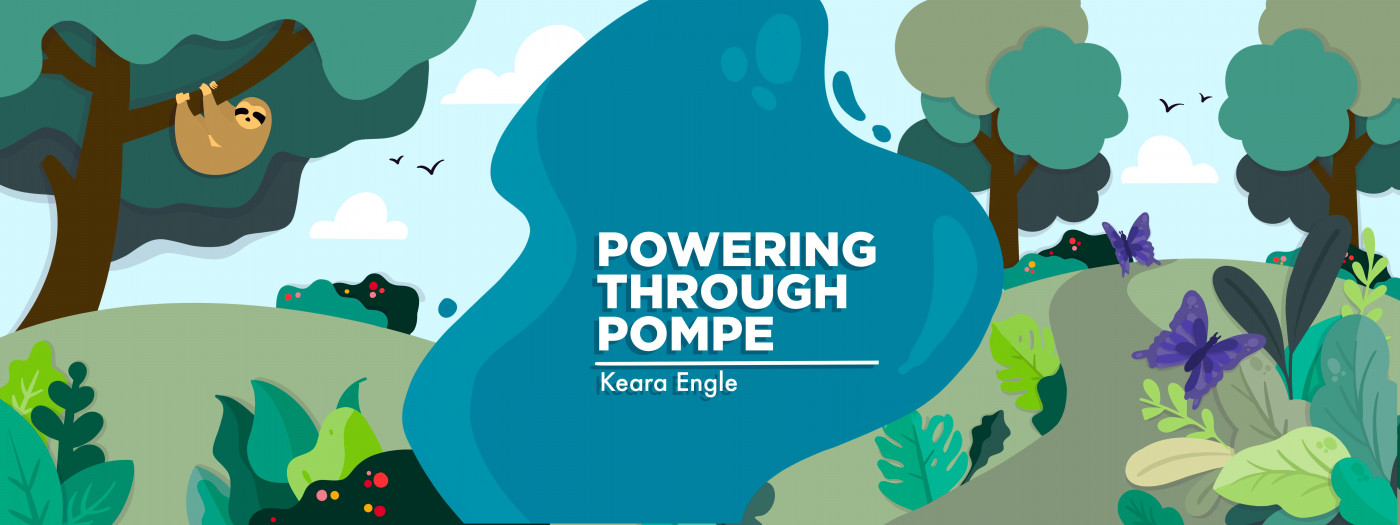Now I’m Hearing My Son’s Voice
Written by |

Infantile-onset Pompe disease has caused a lot of challenges for my 4-year-old son, Cayden. Until recently, he was never able to communicate with us verbally. We depended on a few different types of nonverbal communication devices and techniques, which I’ve discussed before. But his ability to speak just wasn’t there.
Thankfully, since the new year began, we have been hearing Cayden actually speak more. His speech therapist could not be happier with his progress. Cayden has said the word “mama” since he was about 1, but now his vocabulary is expanding tremendously. He can correctly identify all colors and tries his best to say them. He also knows some numbers and can count from 1 to 10 with minimal help.
A few more words he now tries to say include “potty,” “nana,” “pappy,” “iPod,” “yes,” and “no.” He also says the names of characters from his favorite television shows, “PJ Masks” and “Paw Patrol”: Catboy, Owlette, Gecko, Chase, Sky, Rubble, Rocky, Zuma, and Marshall. Hearing him correctly identify and name his favorite characters brings a smile to my face. I didn’t know if I would ever hear my child speak, let alone say such specific words.
The problem with Cayden’s speech is that Pompe disease has caused him to develop weakened facial muscles, including the ones needed to speak. While I can understand his speech clearly, it’s not as easy for other people to understand him since they aren’t around him every single day like I am. His voice is a bit nasally and wet, and his speech comes out a bit slurred. These are common symptoms for children affected by the infantile-onset form of Pompe disease.
To help others understand him better, we’ve now started using an iPad with a communication app installed. This device is a lot like the eye-gaze device that we’ve used with Cayden in the past. But now that he’s a bit older, he has more control over his hands and fingers and has been able to move on from the eye-gaze device and use the iPad. Both devices are beneficial, but the iPad has been more practical for us.
With the eye-gaze device, Cayden had to sit up and really focus on the screen. It would read his eyes and see what he was looking at, and then say the word he was focusing on. However, the iPad can be used while he is sitting up or lying down, making it more accessible to him. And instead of looking at what he wants to say, he can just tap the screen. The iPad is also a bit smaller and lighter than the eye-gaze device, making it easier to travel with.
Hearing Cayden speak, whether verbally or by using his iPad, has been amazing. I’ve noticed that he hasn’t been having as many temper tantrums because he can now communicate his wants and needs a lot more easily than he could in the past. I keep encouraging him to speak verbally more and more, to see exactly how much we can get him to say. But for now, I am OK with taking things slow and steady, one word at a time.
Note: Pompe Disease News is strictly a news and information website about the disease. It does not provide medical advice, diagnosis, or treatment. This content is not intended to be a substitute for professional medical advice, diagnosis, or treatment. Always seek the advice of your physician or other qualified health provider with any questions you may have regarding a medical condition. Never disregard professional medical advice or delay in seeking it because of something you have read on this website. The opinions expressed in this column are not those of Pompe Disease News or its parent company, Bionews, and are intended to spark discussion about issues pertaining to Pompe disease.







Sandra Chitwood
I am so happy to hear of every step forward that Cayden makes. He is a miracle.